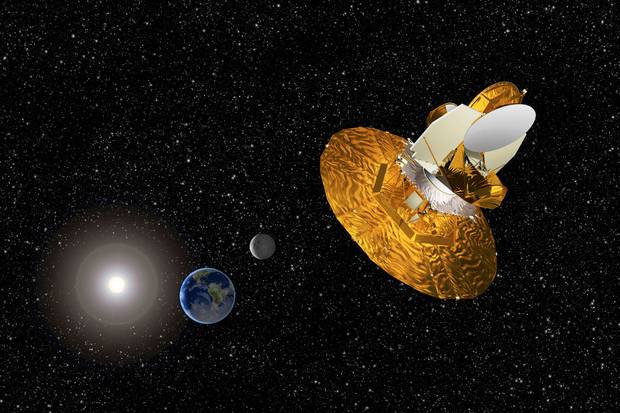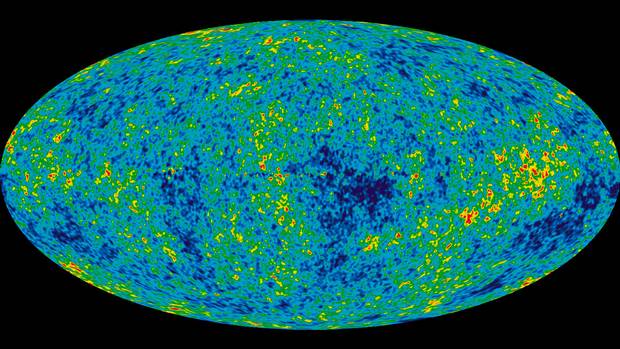A University of British Columbia cosmologist who helped to chart the most ancient signal in the universe has been named a co-winner of this year's $3-million (U.S.) Breakthrough Prize in physics.
Gary Hinshaw was working at NASA's Goddard Space in the 1990s when he became a core member of the Wilkinson Microwave Anisotropy Probe mission – known as WMAP. The satellite, launched in 2001, produced a wrap-around view of the sky showing the relic light released eons ago as the universe was cooling down from the Big Bang.
Hidden within its dappled pattern are key details about the nature of the universe, including the influence of two mysterious phenomena known as dark matter and dark energy.
Underwritten by Silicon Valley magnates such as Google's Sergey Brin and Facebook CEO Mark Zuckerberg, this year's Breakthrough prize winners in physics, mathematics and life sciences were announced on Sunday during an Academy Awards-like ceremony in Palo Alto, Calif. Unlike a Nobel science prize, which can only be shared among three winners at most, the six-year-old Breakthrough Prize has become known for sometimes recognizing large groups of researchers behind a single project or discovery.
"Experimental science is very much a team effort," said Dr. Hinshaw who attended the ceremony along with four other WMAP experiment leaders. "And this team, especially, was a remarkably cohesive and capable bunch."

An artist’s rendering shows the WMAP satellite, launched in 2001, slingshotting around the moon to peer into the universe from beyond its orbit around the Earth.
NASA
The WMAP satellite was designed to look past the stars, galaxies and glowing gas that make up most of what astronomers can see when they peer out into the universe. Beyond that, the sky is filled with a nearly uniform glow of microwave energy that has been travelling through since the universe stopped being a white hot ocean of ionized gas, about 380,000 year after the Big Bang. WMAP provided what was, at that time, the most accurate map yet of this so-called microwave background.
The result is a field of colour-coded spots that represent places where the ancient universe was slightly warmer and slightly cooler than average. These modest fluctuations are thought to have given rise to the large-scale structure we see in the universe today, where galaxies are grouped into vast superclusters separated by enormous voids that are millions of light years across.
Importantly, the WMAP picture confirmed that most of the matter in the universe must be made of something other than the atoms and other particles known to physicists. The precise nature of this dark matter has yet to be discovered. WMAP also confirmed evidence that the expansion of the universe is accelerating due to the influence of something known as dark energy. Both findings were refined to even higher degree accuracy by Europe's Planck satellite in 2013.
When Dr. Hinshaw moved to UBC in 2011, it was something of a homecoming one generation removed for the U.S. researcher whose mother was born in Canada. Dr. Hinshaw has continued to work on experiments designed to explore the cosmic microwave background.
Together with another Canadian WMAP team member, Mark Halpern, he has also been involved in an innovative radio experiment based in Penticton, B.C. Known as CHIME (Canadian Hydrogen Intensity Mapping Experiment), the newly opened facility uses long cylindrical antennas that look a bit like skateboarder's half pipes to map the giant clouds of hydrogen gas that are distributed through the universe. It's thought that the arrangement of these clouds could shed light on the nature of dark energy.
Dr. Hinshaw said that he hopes to channel some of his Breakthrough winnings to support students and post-doctoral researchers working on CHIME. "We need all the help we can get to analyze all that data, and this will be very helpful in that regard." he said.
IN SEARCH OF SPACE: MORE FROM THE GLOBE'S IVAN SEMENIUK



